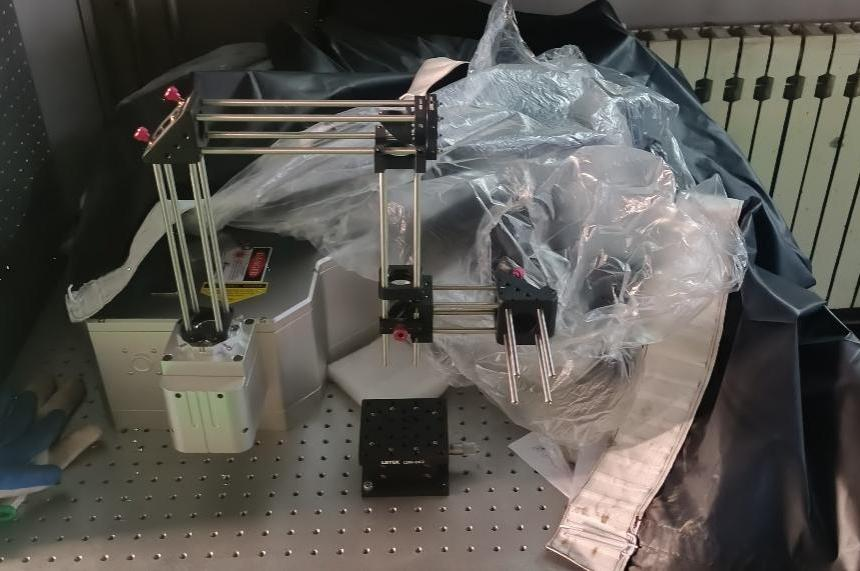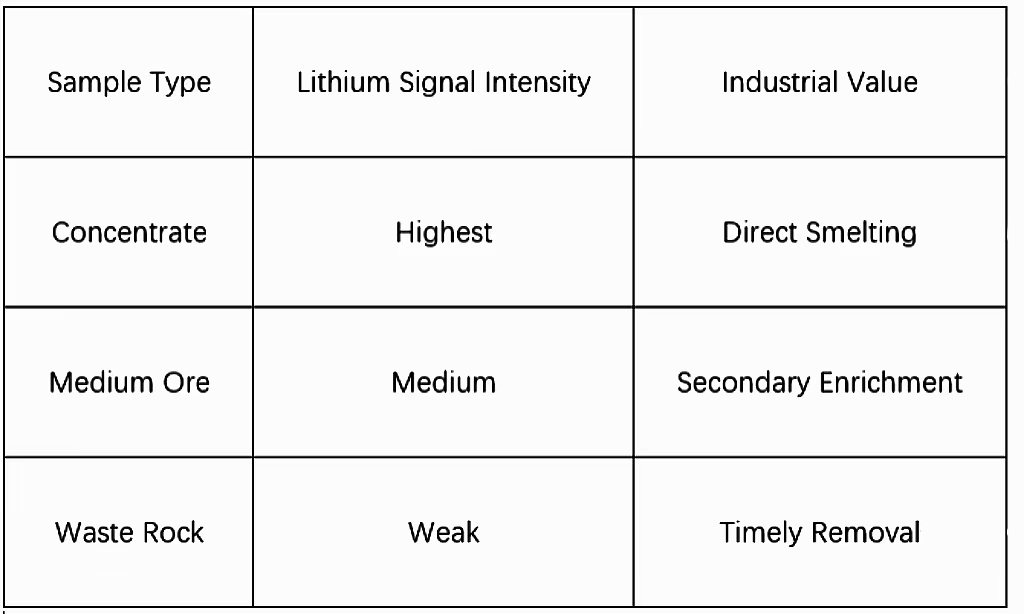
[Technology Breakthrough]
HOT's Dual-Pulse LIBS Brings Lithium into Sharp Focus"Lithium is the white gold of the energy transition—but mining it is like searching for invisible treasure. X-rays miss it, handheld tools are too slow, and labs can't keep up. Here's how HOT's Dual-Pulse LIBS is changing the game:"
The Three Major Blind Spots in Lithium Sorting:
“Like picking diamonds with a blindfold” — Director of Mineral Processing, Lithium Mine
❌ X-rays fail: Lithium atoms are too light to react meaningfully.
❌ Handhelds struggle: No continuous scanning; detection limits remain above 500 ppm.
❌ Lab testing lags: Sampling and analysis take hours—too slow for real-time sorting.

Technical Breakthrough: Three Cores of HOT Industrial Double-Pulse LIBS
Dual-Pulse Laser: 10× Stronger Lithium Signal
1st pulse (532 nm) excites plasma.
2nd pulse re-excites lithium atoms, enhancing weak signals by an order of magnitude.
Smart Spectral Recognition
Targets lithium bands (450–670 nm).
Uses Li/Al or Li/Si ratios to correct interferences dynamically.
Accuracy now reaches 5%, overcoming plasma noise.
Industrial-Grade Hardware, Ready for Production Lines.
Dual-pulse industrial-grade laser system laser system.
Full lithium spectral range (380–800 nm).
<0.2 nm resolution to isolate interfering elements (Ca, Mg).
Field-Proven Performance: Liatam Mine Trials

Millisecond Response: Real-time scanning synchronized with conveyor belts.
Smart Sorting: Auto-ejection driven by AI thresholds.
Dust & Vibration Resistant: Stable even in harsh environments.
The Future Is Now: LIBS as the Core of Smart Mining
What's Next:
Lithium reference databases in development; aiming for <3% quantitative error.
Cloud-based spectral libraries accelerating deposit valuation.
Autonomous mines in pilot testing; expected to cut sorting cost per ton by 40%.
The Profit Equation:
(Real-Time Sorting Efficiency × Concentrate Recovery Rate) ÷ Labor Cost = 300%+ Profit Boost
"What's your biggest challenge in mineral sorting? Let's discuss in the comments—or tag a colleague who needs this tech.